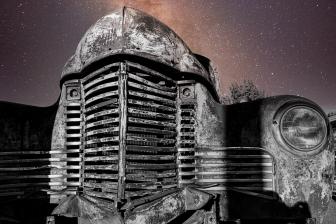Barry Tanenbaum
|
May 28, 2013 |
First Published: Apr 01, 2013
|
Apr 30, 2013 |
First Published: Mar 01, 2013
|
Jan 31, 2013 |
First Published: Dec 01, 2012
|
Nov 21, 2012 |
First Published: Oct 01, 2012
|
Aug 13, 2012 |
First Published: Jul 01, 2012
|
Jul 25, 2012 |
First Published: Jun 01, 2012
|
May 23, 2012 |
First Published: Apr 01, 2012
|
Mar 28, 2012 |
First Published: Feb 01, 2012
|
Sep 01, 2011 |
First Published: Jul 01, 2011




 All the elements were right for Robert Beck to try something different. Shooting for Sports Illustrated at the 2010 Winter Olympics in Vancouver, Robert’s coverage included both the qualifying and medal rounds of the men’s aerials event in freestyle skiing, so there was plenty of opportunity for him to capture not only the razor-sharp peak-action images that typify SI coverage, but also to modify his technique to take a shot or two at turning prose into poetry.
All the elements were right for Robert Beck to try something different. Shooting for Sports Illustrated at the 2010 Winter Olympics in Vancouver, Robert’s coverage included both the qualifying and medal rounds of the men’s aerials event in freestyle skiing, so there was plenty of opportunity for him to capture not only the razor-sharp peak-action images that typify SI coverage, but also to modify his technique to take a shot or two at turning prose into poetry.





